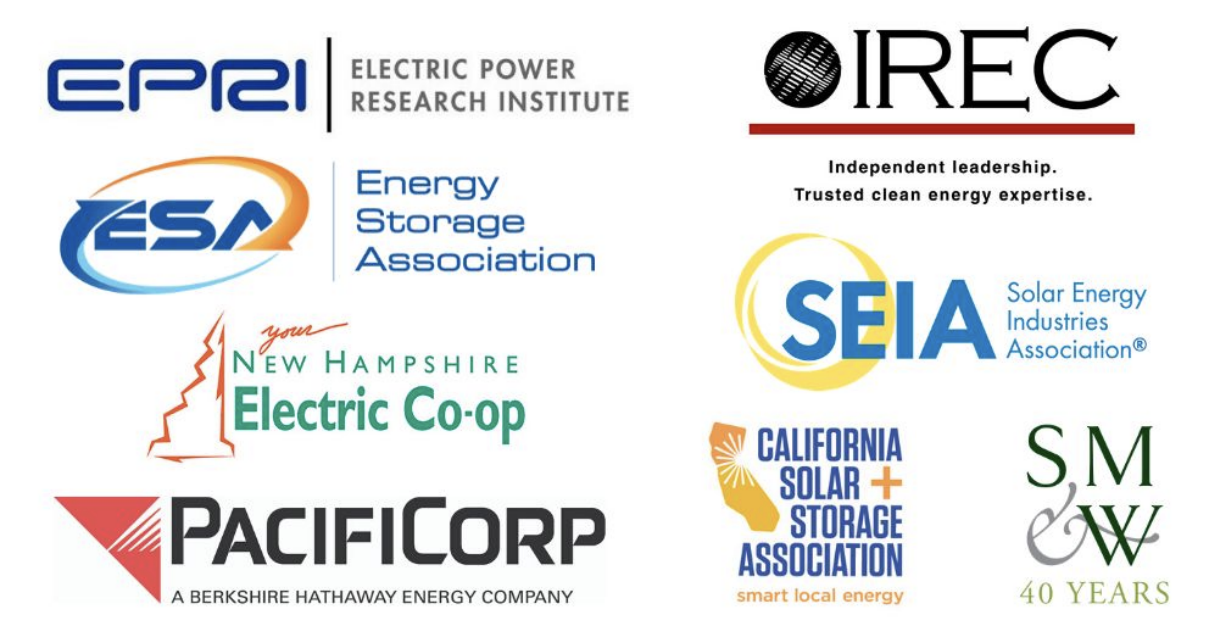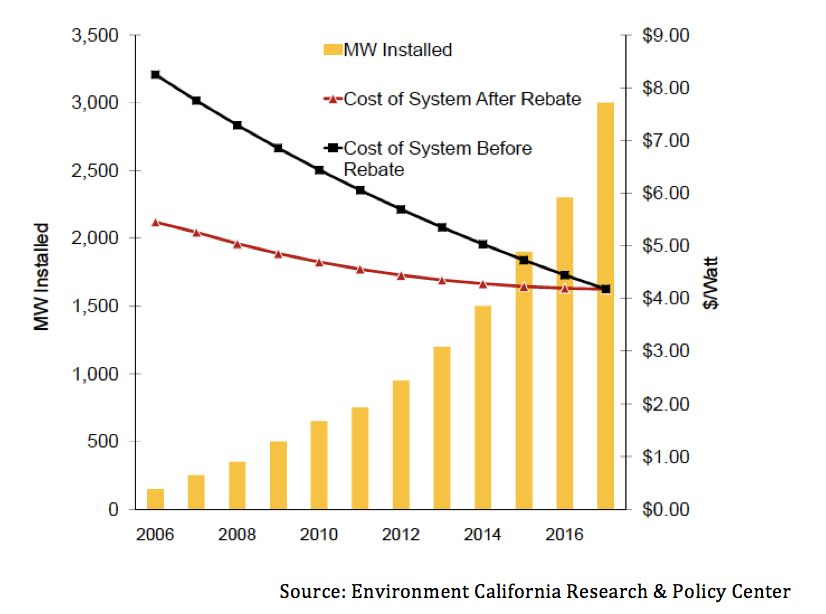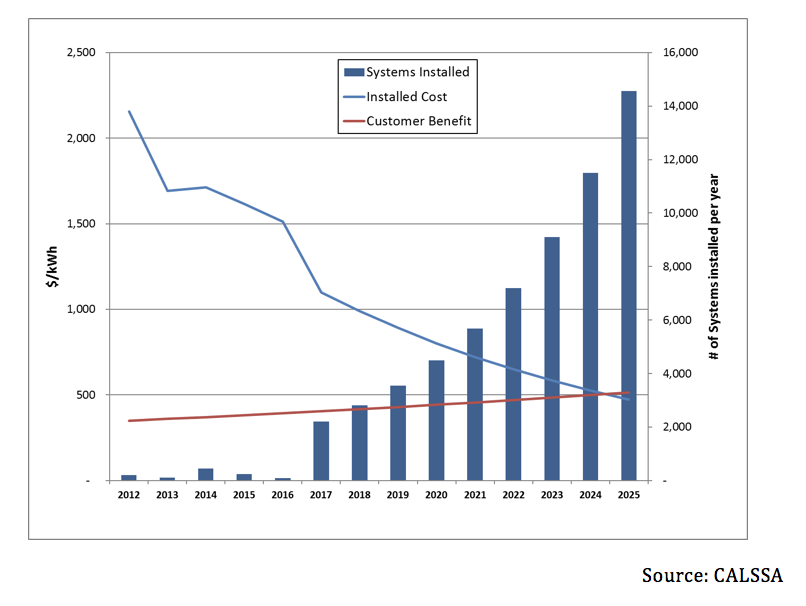Sacramento, CA —The California Solar and Storage Association (CALSSA) released a new report “Shovel Ready for Recovery: A Blueprint for Jobs and Economic Recovery Through Local Solar and Storage Investments,” highlighting the job creation, clean energy, and energy resiliency benefits from local solar and storage investments as outlined in CALSSA’s ten-point plan of action. The report is available for download here.
California’s local solar and storage industry is helping the state move to clean, renewable energy while also helping keep the lights on for everyday consumers and businesses. Today one million solar systems located at schools, farms, businesses, homes, and low-income apartment buildings throughout California produce nearly 13 billion kilowatt hours (kWh) of clean energy each year, avoiding 5 million metric tons of CO2 annually. Attached to a growing number of these solar systems are more than 30,000 energy storage systems, or batteries, connected to the grid and providing 1 million kwh of storage capacity. Local solar and energy storage projects are job intensive.
The industry sustains tens of thousands of local jobs, and billions of dollars in economic activity within the state. Sixty full-time jobs are supported by every megawatt (MW) of local solar energy built, and California built 1,200 MW of local solar in 2019.
“As California looks for ways to bounce back economically from the Covid-19 pandemic, solar energy can boost jobs, lower customers' utility bills, and help make the grid more resilient to wildfires and other extreme weather events,” said Ethan Elkind, Director, Climate Program, Center for Law, Energy & the Environment at University of California, Berkeley. “The fuel from the sun is free and clean, so the upfront costs means more jobs and less pollution.”
COVID-19 and the resulting economy-wide shutdowns across the state brought a burgeoning distributed solar and storage industry to a temporary halt. The small and medium-sized businesses that make up the majority of the industry as well as the large manufacturers and national aggregators are regaining their footing as customer activity returns. With the right policies and investments California can bring a resilient solar and storage industry back stronger than ever to advance California’s clean energy goals, create local jobs, build a more reliable energy grid, and give consumers choice and control over their energy decisions.
CALSSA’s ten-point plan of action calls for state leaders to:
Launch One Million Solar-Charged Batteries Initiative
Launch Resilient Schools Initiative
Protect and Expand Net Energy Metering Policies
Cut Red Tape Through Automated Permitting and Virtual Inspections
Allow Customer Batteries to Help During Grid Emergencies
Unleash Power of Existing Ratepayer Storage & Equity Programs
Remove Utility Barriers for Connecting Solar & Storage Systems
Increase Efforts to Reduce Natural Gas Usage in Buildings Through Solar Hot Water Technologies
Expand and Extend the Federal Investment Tax Credit
Protect Clean Energy Investments from Unnecessary Local Taxes
Acting on the CALSSA’s ten-point plan of action would add an estimated 250,000 solar job-years and nearly 50,000 additional storage-related job-years - jobs that are inherently local to the communities in which workers live. It would bring an estimated $1.6 billion in residential energy savings and $2.4 billion in non-residential energy savings per year. California would add nearly 16 million MWh in solar energy every year to California’s energy portfolio and avoid an annual total of 12 million metric tons of carbon dioxide.
“A commitment to expanding distributed solar energy and battery storage in California is a no-regrets investment that offers a lasting legacy,” said CALSSA Executive Director Bernadette Del Chiaro. “The benefits of solar and energy storage technologies are shared throughout the state in terms of local jobs, community savings, and economic opportunities.”
During a virtual briefing, industry leaders and energy experts discussed the report’s findings and the benefits of state incentives that expand local solar and storage in contributing to California’s economic recovery while meeting the state’s clean energy needs.
"In 2019, our partnership with Grid Alternatives helped 238 low-income families save over $5.6 million in energy savings thanks to rooftop solar,” said Devin Hampton, CEO of UtilityAPI. “We are saving consumers’ money during the economic downturn.”
"Distributed energy storage solutions will continue to be increasingly viable and resilient options for consumers in light of a distributed workforce,” said Catherine Von Burg, CEO of SimpliPhi Power, a California-based manufacturer. “Our sales are up 40% due to an increased demand for energy storage, helping us create new jobs every week."
"We started off CED Greentech with 4 employees, and we now have 12 employees,” said Troy Carroll, Operations Manager at CED Greentech Bakersfield. “Half of our employees have transitioned from oil to solar, which is testament both to how large the Central Valley market is, but also how solar and storage are becoming increasingly affordable, and convenient."
###










